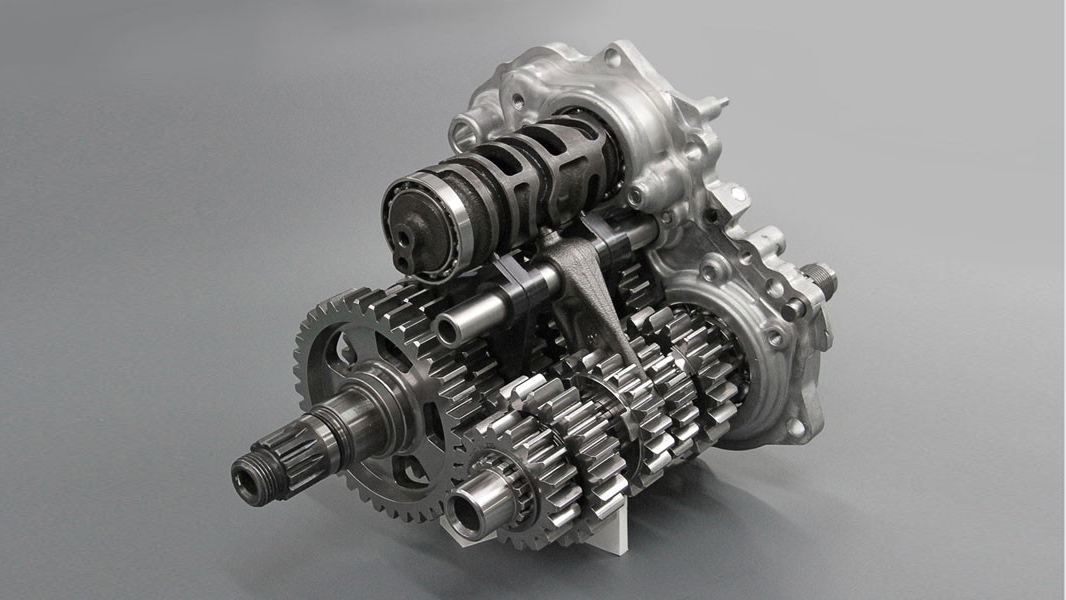TECH DIVE: how to gear up for the weekend
WorldSBK commentator Steve English delves deep into the world of gear ratios and RPM limits, always hot topics in the World Superbike paddock
In WorldSBK, there’s no way to talk technical regulations without mentioning gearing and rev limits. One of the most talked about WorldSBK regulations in recent years has been the RPM limits for each manufacturer. The fixed gear ratios for bikes means that teams need to assess what will work best for the full thirteen rounds of the season rather than any individual race track; the demands at Assen and Navarra are very different and teams need to cut their cloth accordingly.
THE BASICS: understanding RPM and gear ratios
The regulations of WorldSBK impose a specific RPM limit for each bike based on the street-going engine. The calculation is based on the measured rev limit of third and fourth gear. The average of this plus 3% gives the rev limit for the season. Some bikes will have more revs than others because of engine characteristics or configuration and unless there is a significant upgrade to the bike, the limit will stay the same.
The gear ratio is the number of times the front sprocket has to spin for a the rear sprocket to complete a full turn. It is how engine RPM are translated into actual speed. Over the course of a full season in WorldSBK, the gear ratio will define whether or not teams are focusing on top speed or on having a torquey engine on the exit of the corner. You can’t have both so teams will aim for a balance between acceleration and top speed.
FINDING THE BALANCE: how to optimise what you can
The biggest issue for teams in racing is balance. While the gear ratios need to stay the same, teams can still find ways to adjust the bike but changing the swingarm length. This makes the chain shorter or longer and without changing your gear ratio, you would be able to adjust the gearing and find a change in top speed or acceleration. The goal is finding the best balance between gearing and swingarm length to give the rider what they want.
This means that when teams go to a fast track, such as Assen, they will try and adjust the ratios and swingarm length to give them good top speed. At Navarra, the slowest track on the calendar, they will focus on corner speeds as the defining characteristic for gearing. This will mean that instead of top speed they focus on the feeling that a rider needs. This ensures that with a shorter gearbox they can adjust more towards handling rather than top speed.
The RPM limits in WorldSBK means that different manufacturers have different limits. The goal isn’t parity in the Superbike class but there are attempts to clip the wings of any manufacturer flying too close to the sun. If any manufacturer is proving to be dominant – as Kawasaki and Ducati were in the past when they had their RPM reduced – WorldSBK can adjust the limit by increments of 250rpm.
IN PRACTICE: what does it mean on the track?
Throughout the 2021 season, one of the biggest talking points has been Kawasaki’s pre-season engine upgrades. The FIM determined that they weren’t significant enough to warrant a new RPM limit. This was similar to what happened to Yamaha in 2020 when they introduced a new engine configuration due to European Union emission regulations.
The effect of this has been profound this season. In the title battle, Jonathan Rea has had to make a lot of adjustments to the Kawasaki. Their issue isn’t top speed but rather it’s the gearing within the corners that has affected them. Rea has had to make extra shifts compared to what Kawasaki had expected because the bike isn’t geared perfectly for them this year. The extra shifts cost time and mental capacity. The biggest knock-on effect of the Kawasaki rev limit has been seen in slower corners rather than in outright top speed.
The magic of Superbike racing is that this is a production-based Championship. Win on Sunday and sell of Monday was the motto in the early days of the Championship and that’s as true today as it was in 1988. The manufacturers are here to promote their bike as the best sports bike in the business, and the rules are there to ensure that this can happen.
Watch the 2022 season in style with the WorldSBK VideoPass!









